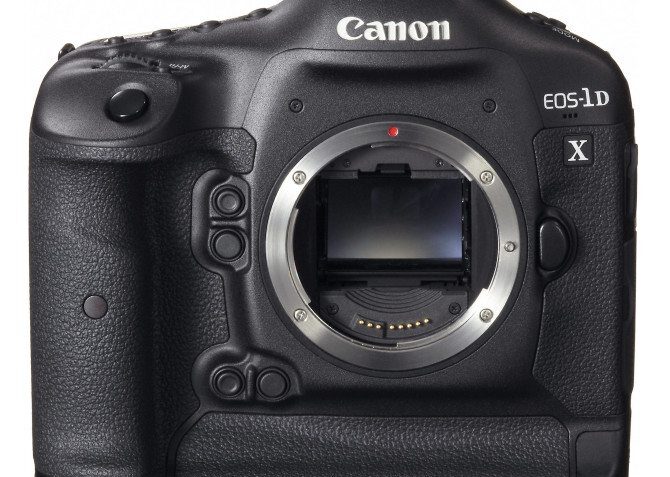A list of specs supposedly belonging to a test camera has found its way to the web, and despite certain similarities to the 1D X, reports deny it is the 1D X Mark II.
The 5D Mark IV is expected towards the end of the year and hopes are high that the test camera is a draft of sorts.
But while 4K video, super high ISO and a substantially boosted burst mode will be greatly appreciated by some, a possible decrease in the sensor’s megapixels could rain on their parade.
According to Canon Rumors, the following specs belong to a test camera that may or may not reach production in its current form:
- 18mp Full Frame CMOS
- ISO 100-204,800
- 61 AF Points (all cross-type)
- 12fps
- Dual CFast
- 4K Video Capture
The first feature in the list is the core of the potential controversy. We have seen a fierce megapixel war in recent years, with Canon having the last word for the moment with the 5Ds and 5Ds R. Obviously this led us to expect a MP increase, slight as it may be, in the upcoming replacement.
Not only does this camera not increase the camera’s MP, it actually takes a few away. Most people will agree that the difference between 18MP and 22MP is negligible, but it is still a move in the “wrong” direction.
The high ISO is obviously a welcome upgrade from the current 102,800 found in the 5D Mark III, though some people will be upset about the base ISO changing from 50 to 100.
The one feature that does not draw too much attention is the 61 AF points, though it’s great that they are all cross-type. The 5D Mark III, 5Ds/R and 1D X all have 61 AF points, so this was very much to be expected.
Doubling the firepower of the Mark III and almost matching that of the flagship 1D X, the test camera is said to be capable of shooting 12 frames per second. This might not faze some users, but it would be a Godsend to sports and wildlife photographers.
Dual CFast is the other unforeseen feature, and an unwanted one for some. CFast cards promise a significant bump in read and write speeds, but come at a substantial cost. CFast cards are considerably more expensive than CF memory cards, and if both the camera’s slots will be dedicated to CFast cards, the cost has just doubled.
True, this move will mean you will not be able to use any your current memory cards, which is why I doubt Canon will opt for dual CFast, but it will introduce a new technology that is expected to last for a while. I hated the extra cost of CF cards when I got my D300s, but I’ve never looked back. Personally, I’m very much looking forward to the introduction of CFast memory cards.
You must also keep in mind that their price will drop once they become more popular, just as the price of SD and CF cards has plummeted over the years (though this wasn’t solely due to their popularity).
Many video features can be found on users’ wish lists (did anybody say focus peaking?), but 4K video is without a doubt the most debated request. I recently mentioned that Canon might be motivated to announce a 4K DSLR if it senses Nikon’s video capabilities are closing in, and I’m confident this is something we will see in the relatively near future. I wouldn’t be surprised if the 5D Mark III replacement will be the first affordable DSLR to have it (opposed to the only 4K DSLR on the market today – the $8,000 Canon 1D C).
WHAT IF AND IF AT ALL
The most important thing to keep in mind is that these specs refer to a test camera. It is unknown for how long the camera has been around (which might explain the 18MP sensor), or if it will ever make it to the market.
It also seems entirely possible that the camera could be testing various features that would not necessarily be bunched in the same camera later on.
Theoretically this could mean that the dual CFast slots could be tested for the 1D X Mark II, the 12fps with the 61 cross-type AF point for the 5D Mark IV and the 4K video for an entirely separate camera to be released in the 5D lineup.
Now, what if the 5D Mark IV will have an 18MP sensor?
The rest of this story at http://www.diyphotography.net/


